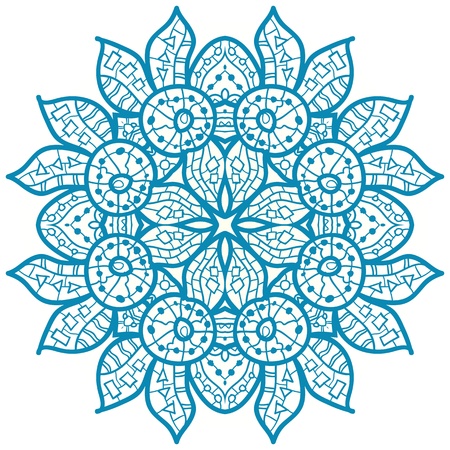Determining Your Personal Trigger Foods
Diet modification is the first line of defense for patients struggling with interstitial cystitis or painful bladder syndrome (IC/PBS). Since sensitivity to various foods can vary among individuals, it is important to determine your personal trigger foods.
Start by eliminating the top offenders: citrus, spicy hot foods, MSG, soy, caffeine, coffee, tea, sodas, alcohol, tomatoes, cranberry juice, and chocolate. See how you do without changing anything else. Give it a couple of weeks to see if you improve. Be sure to keep a food and symptom diary to be able to "measure" your success. If you lower your pain from an 8 to a 4, that is a success. Not everyone can get their pain down to zero or their frequency to 4 times a day. If you feel like you need to tweak your diet more, the three-category system that follows is based on emerging research as well as information gathered from patient and clinician experience.


